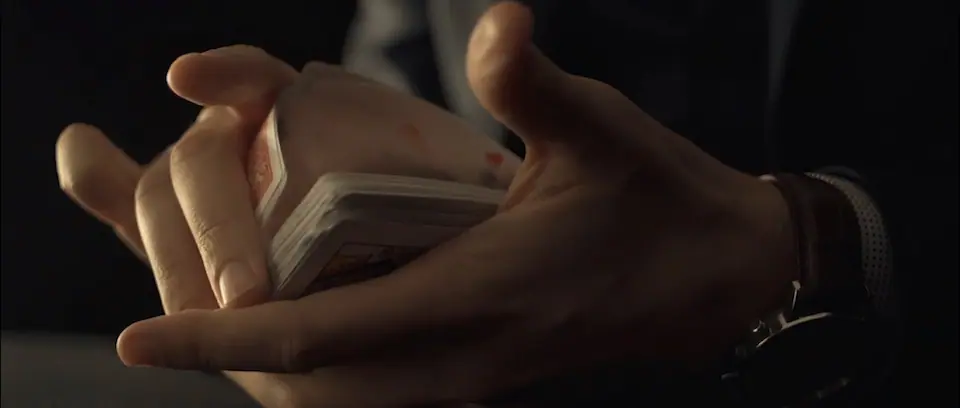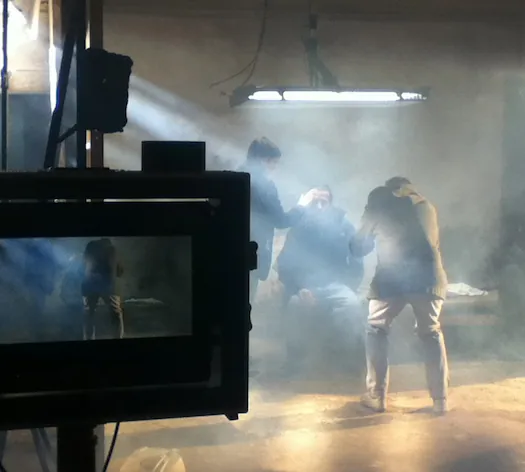Lighting Cameraman in Portugal Showreel Fernando Santos

Lighting Cameraman Director of Photography

“Light is language. Shadows are punctuation. Together, we write visual stories that linger.“
— Fernando Santos, Director of Photography
BE CONNECTED TO THE LIGHT
As a Lighting Cameraman (Director of Photography), I don’t just illuminate scenes—I translate emotions into visual poetry. Light is the most fluid element in our world, transforming spaces and faces from moment to moment. Where others see brightness, we see:
Memory: Like Monet painting Rouen Cathedral at different hours, I study light’s impermanent nature to recreate its truth artificially.
Subconscious Impact: The angle of a shadow or warmth of a hue alters how audiences feel before a single word is spoken.
Collaboration: With production designers and gaffers to make light feel inevitable, not imposed.
BE CREATIVE WITH THE TOOLS
My toolkit extends beyond fixtures and filters:
1. The Invisible Palette
- Color Temperature: 3200K for intimacy, 5600K for stark truth.
- Negative Fill: What you remove shapes as much as what you add.
- Movement: A drifting edge-light can suggest unease better than dialogue.
2. Technology as Partner
From film noir’s chiaroscuro to digital’s low-light capabilities, I adapt techniques to serve the story—not trends.
3. The Unspoken Rule
“Light directs the eye. Shadows direct the imagination.”
— A mantra among cinematographers
BE INSPIRED BY THE POSSIBILITIES
Every project demands its own visual dialect:
Period Pieces: Recreating Technicolor’s boldness or 70s film stock’s grain.
Modern Noir: Where LED practicals replace hard-boiled desk lamps.
Documentaries: Harnessing available light to honor authenticity.
WHY THIS MATTERS
A Director of Photography isn’t just a technician. I’m:
An Archivist of light’s fleeting moments.
A Translator of scripts into visual metaphors.
Your Collaborator in making the unreal feel inevitable.
“Ready to turn your project into a visual journey?
BE CONNECTED. BE CREATIVE. BE INSPIRED.
Let’s create something extraordinary.”
